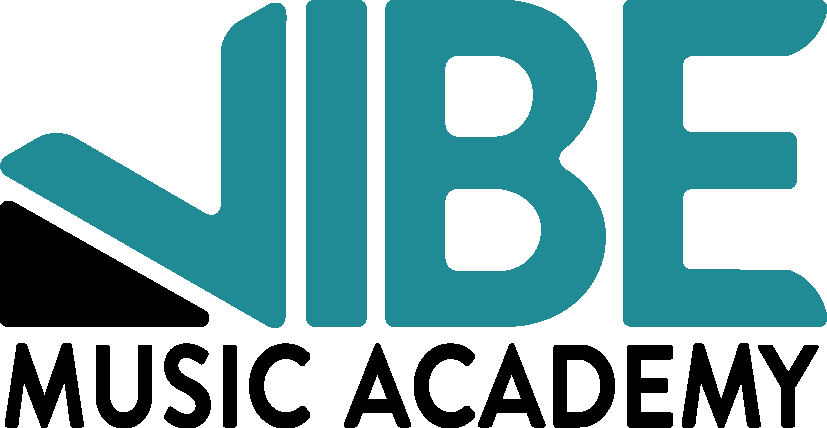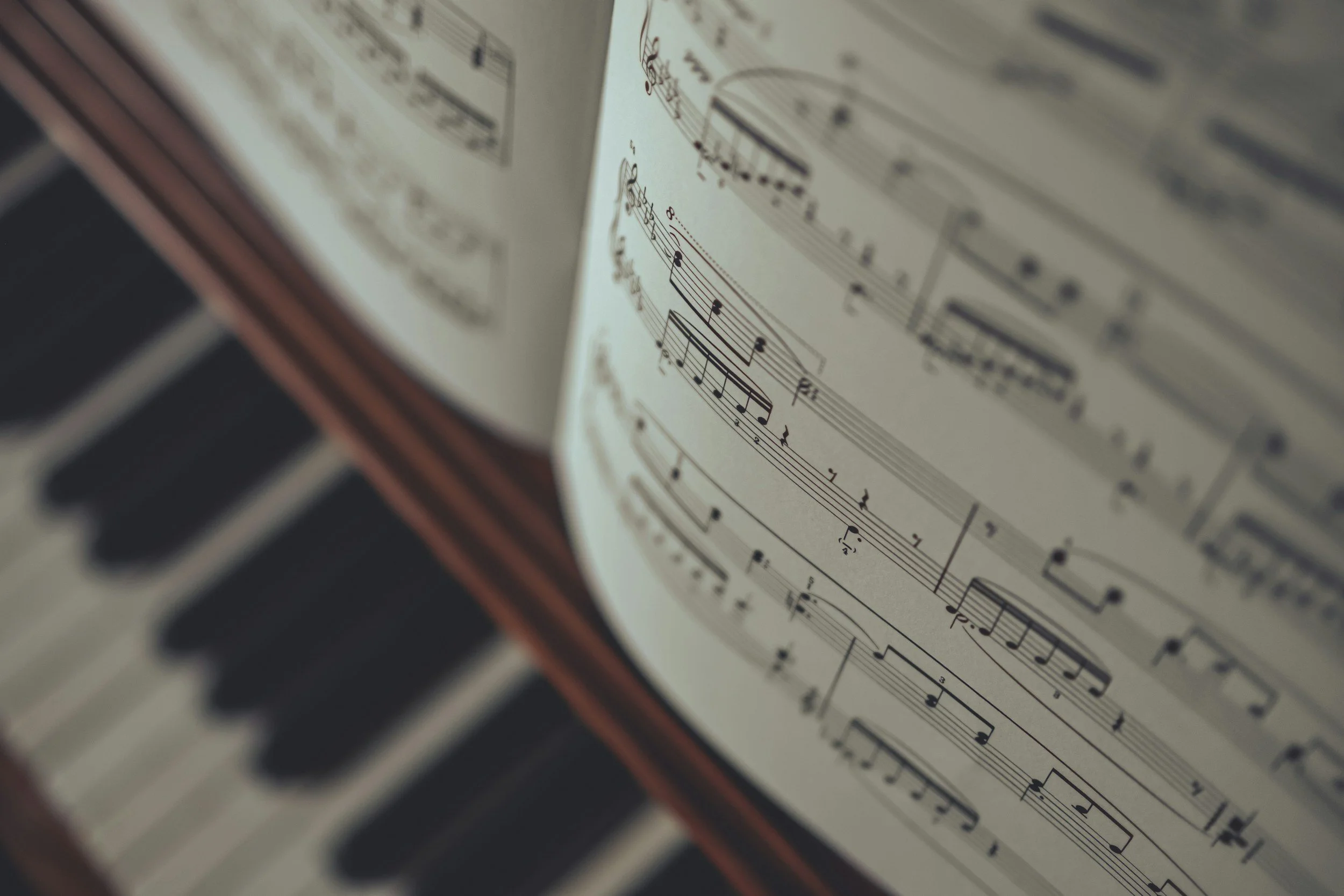Sight reading is an essential skill for professional musicians. Being able to sit down at an instrument and play the bare bones of a piece really helps to both learning music quickly and making use of often limited rehearsal time. Sometimes, musicians will have gigs where sight reading is essential such as playing for churches, weddings, or parties. For beginners, the idea of sight reading can be rather terrifying. When you are still learning how your instrument works, playing a piece without practice can be a daunting task. Below you will find some tips and tricks to improve your sight reading and help make it a bit less of a mountain to climb!
1. Start with Simple Pieces
The likelihood of having to sight-read a complex piece early on is quite low. While honing your sight reading skills, choose music slightly below your playing level. The main goal with sight reading is to expose yourself to music you don’t already know to allow yourself to read it more quickly. Rhythm and pitch accuracy are important, but WILL NOT be perfect. Hymnals and exercise books can be really helpful to sight read out of. Once you learn a style of music (such as religious hymns or etudes), sight reading them becomes significantly easier as your ear and muscles begin to recognize what to expect.
2. Look Ahead While Playing
Train your eyes to read one or two measures ahead. It’s always important to know what’s coming next, especially if you’re playing a piece you haven’t practiced. You’ve always got to be thinking about what’s down the line. This awareness can allow you to prepare for difficult spots and maintain the flow of the piece.
3. Focus on basics
When you’re sight reading, it’s not important or even essential to play all the notes. Depending on the reason for your sight-reading, the main goal might simply be to get through the piece. If you have a moment to look through the music before playing it, clap or tap any rhythms you think might be tricky. Make sure you notice the key and time signatures at the beginning and any points at which they might change. If you get tripped up, eliminate inner voices or ornamentation—melody and bass line are often the most important parts to play. Practicing chords and scales regularly will make a huge difference in sight-reading ability. The vast majority of music I’ve had to sight read has a basis in tonal harmony (meaning major/minor chords and scales). Being fluent in those basics means that my hands are already primed to play music in that frame. Although learning scales can be a bit boring, it is an essential tool for many other musical skills down the line!
4. Don’t Stop for Mistakes
This is the most important part of sight reading. Keep the tempo going, even if you miss a note. Stopping to make corrections will disrupt the flow of the piece and can cause you to get mixed up. The goal of exercises like these is to develop fluency, not perfection. You’re never going to give a recital make up entirely of sight-read pieces. But, you may need to sight read for an audition, a service, or a gig. This skill is very important and helpful, but perfection is not the purpose.
5. Practice Regularly in Short Sessions
I would usually begin my practice sessions with some sight-reading practice. 5–10 minutes daily is much better than long sessions once a week. Sight reading books tailored to different skill levels can be helpful, but they’re not necessary. As long as you have access to music you can practice sight reading! The only way to get better at it is to continually work at it. Plus, it can be lots of fun!
Be patient and consistent. Sight-reading takes practice, and is a skill that doesn’t usually come easy. However, it’s a wonderful and important skill that is worth the time it takes to master. Happy sight reading!
~ Charissa Garrigus, Instructor at Vibe Music Academy




